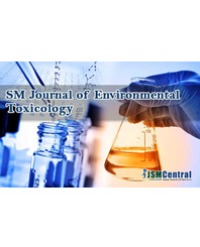
Ecological Models for Predicting Contaminant Effects
Anthropogenic and natural environmental contaminants are a common problem and a source of concern to ecosystem health. Industrial toxins are one of the leading causes of pollution worldwide. Industrial toxins may arise as a result of air emissions, water releases, water seepage, air deposition or disposal and leaching of solid waste. The combination of natural and anthropogenic sources of toxins present challenges with respect to the protection of local ecological environments. Predicting the impacts of environmental contaminants on ecosystems become an important part of the decision-making process for managing environment problems. To protect ecological environments and species, it is necessary to assess the risk to organisms exposed to toxins, and find relevant factors that determine the persistence and extirpation of populations. Over the past several decades, ecotoxicological models have been widely applied to predict contaminant effects.
Qihua Huang*


